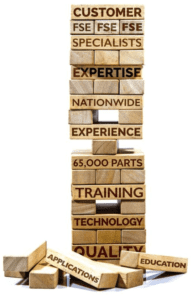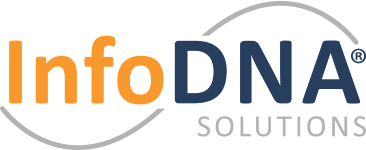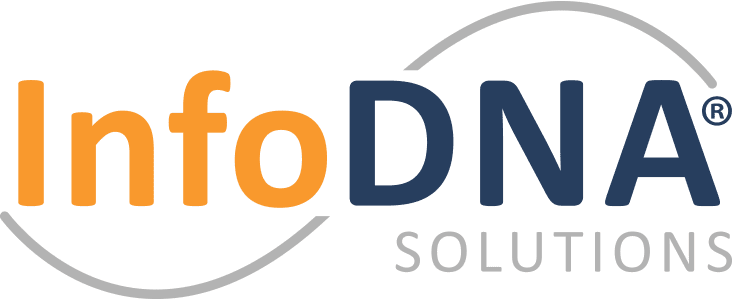
In large organizations, you might find a variety of different technologies in use such as IBM FileNet, OpenText, Documentum, iManage, and Hyland. These systems are designed to handle large workloads and are often used by organizations that have a lot of sensitive information to manage. However, they can also be quite complex and difficult to use, which can make it difficult for employees to find the information they need. Medium-sized organizations might try to make use of Microsoft SharePoint to manage their documents. SharePoint is a popular tool for document management and collaboration, but it can be difficult to use if you don’t have the right experience or resources.
In addition to these systems, many organizations also use network drives running on local machines, as well as cloud-based tools like OneDrive, Dropbox, and Box. While these tools can be convenient for employees, they can also be difficult to manage and can lead to confusion about where documents are stored and who has access to them.
Questions that need answers in the event of Mergers & Acquisitions
When an organization goes through a merger or acquisition, the task of reconciling and rationalizing all of these different systems and documents becomes even more complex. There are a number of questions that need to be answered, such as:
- Where is everything?
- What is important and what is redundant, obsolete or trivial (ROT)?
- What is the best and final version of a document?
- And how do we ensure that all of this information is searchable and in context?
- Across all the supposed ‘systems of record’ for documents and data, how do we recognize ‘the truth’?
- What happens if the wrong knowledge workers are ‘let go’ or leave? The time, people and hard costs to reconcile
 A grand reconciliation and rationalization takes place
A grand reconciliation and rationalization takes place
Doculabs just published a blog on this topic titled “Developing Goals & Requirements for a Successful Content Cleanup Project“. This blog points out what anyone going through a merger/acquisition should consider reading. There is a methodology that comes to light, but then you need a tool and best practice to turn that methodology into action – otherwise the ‘Vision Without Execution Is Just Hallucination’ quote from Thomas Edison becomes reality.
 That is where InfoDNA comes in to help. Our capabilities, experience and technologies are ready to make quick-work of the total effort. With our Topla Intensify product, we have a solution to help the entire team:
That is where InfoDNA comes in to help. Our capabilities, experience and technologies are ready to make quick-work of the total effort. With our Topla Intensify product, we have a solution to help the entire team:
- Assess the current state across all your technologies.
- Strategize a better state for the content, processes and broader business.
- Enhance the Metadata so that a document can be indexed for effective search solutions.
- Identify a best practice to bring together corporate taxonomies, governance and retention.
- Execute the actual migration – from end-to-end – identifying the ROT, duplicates and extract additional information along the way.
One of the key benefits of using a tool like Topla Intensify is that it can help organizations to save time and money. By identifying and removing ROT documents, organizations can reduce the amount of storage space they need and improve their search capabilities. Additionally, by repairing metadata and improving the organization of documents, organizations can make it easier for employees to find the information they need.
Another benefit of using a tool like Topla Intensify is that it can help organizations to improve their governance and retention policies. By identifying the best practice to bring together corporate taxonomies, governance, and retention, organizations can ensure that they are meeting all of the legal and regulatory requirements for their industry.
When it comes to mergers and acquisitions, it’s important to remember that keeping everything is not the answer. It removes business value and creates a mess of metadata resulting in reduced productivity. InfoDNA brings the focus and experience to make the merger or acquisition process as seamless and efficient as possible. With its capabilities and experience, it can quickly assess the current state of all technologies in use, strategize a better state for the content and processes, repair metadata, and execute the migration from end-to-end. By identifying ROT (redundant, obsolete, or trivial) documents and duplicates, it can extract additional information and bring together corporate taxonomies, governance, and retention.
InfoDNA brings the focus and experience to make what should happen a reality.


